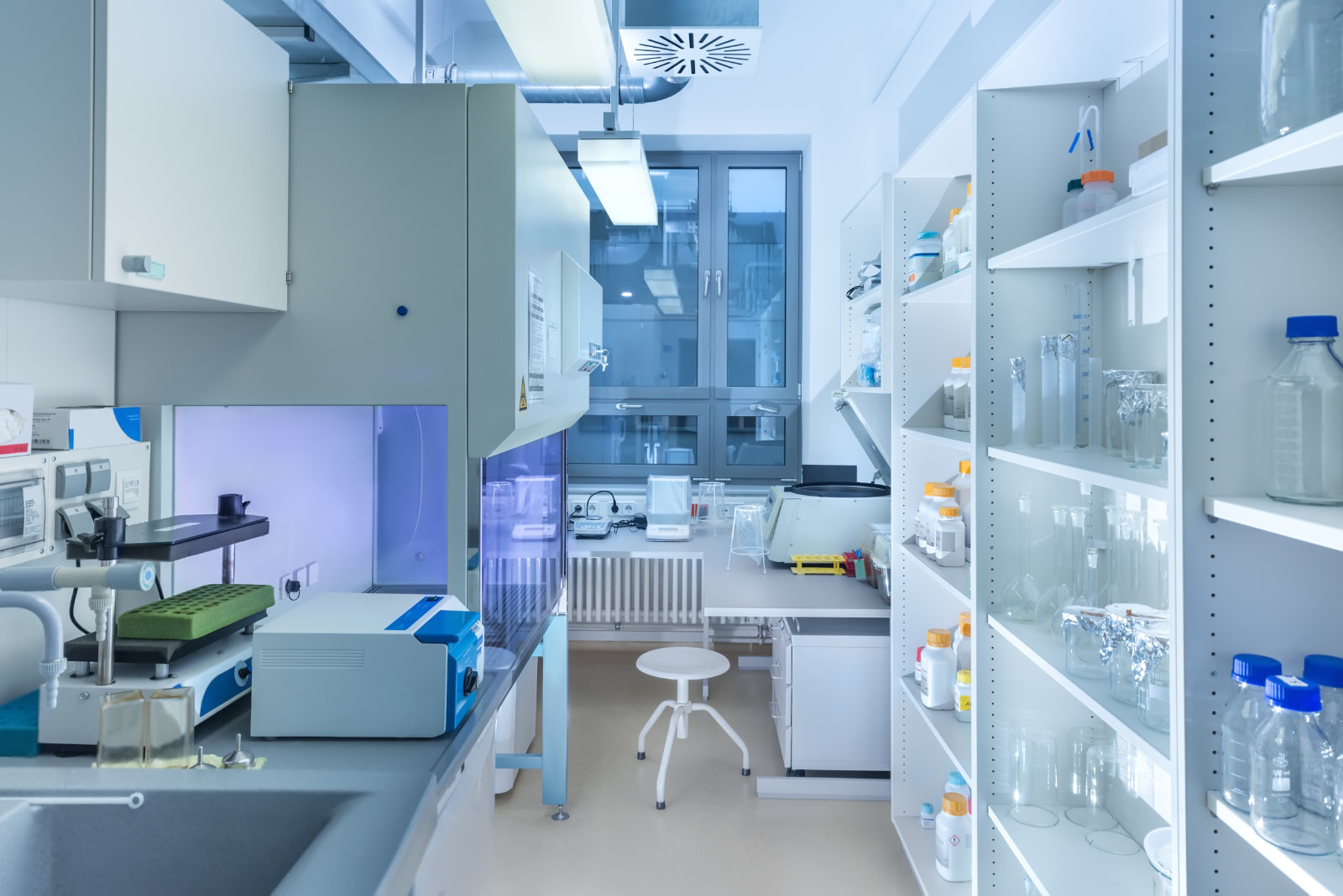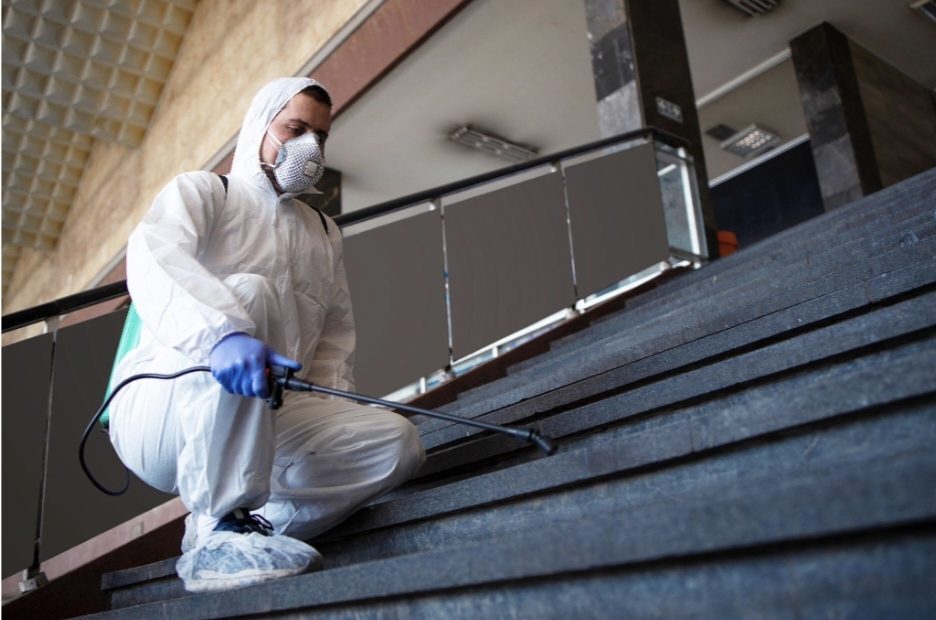Hospitals and medical facilities face constant pressure to manage limited space while providing high-quality care. Efficient space usage is essential not only to improve workflows but also to create a more comfortable and welcoming environment for patients and staff.
Whether you’re dealing with cramped hallways or crowded workstations, there are improvements you can make. In this article, we will discuss five innovative ways to optimize your facilities space.
Mobile Workstations and Portable Units
Mobile workstations are a practical way to keep essential tools and equipment close to staff while freeing up fixed desk spaces. Designs can house computers, vital sign monitors, and other important equipment to enhance staff productivity and patient well-being.
In addition, portable units, such as these InnerSpace medical carts, allow nurses and doctors to move medical supplies throughout the hospital easily and quickly. They also greatly reduce congestion in corridors and nurse stations.
Modular Furniture
Modular furniture offers hospitals immense flexibility. Unlike traditional fixed furniture, modular designs allow for reconfiguration to suit different needs at any given moment.
For example, a single room can be converted into an exam room, consultation space, or training area by rearranging furniture like desks, chairs, and partition walls. This saves a significant amount of room and ensures proper care of patients.
Another tip would be to opt for modular seating options in waiting rooms that can be rearranged based on patient flow. Even collapsible storage carts that can be tucked away to free up hallway space are incredibly beneficial.
Vertical Storage Systems
When floor space is limited, going vertical is a game-changer. When partnered well with interior design, vertical storage systems, such as high-density shelving and wall-mounted cabinets, help facilities make better use of unused wall space.
For instance, a pharmacy can store medications in automated vertical shelving units that use robotics to retrieve items quickly. This improves accessibility and reduces the time spent searching for supplies.
Digital Record-Keeping
The shift from paper-based documentation to digital records can open up a vast amount of physical space. Patient files, lab reports, and billing paperwork can take up significant storage if kept in physical form.
Adopting comprehensive electronic medical record systems eliminates the need for bulky filing cabinets. Alongside decluttering spaces, it enhances accessibility for staff who can view patient records instantly on computers or tablets.
Telemedicine Integration
Lastly, telemedicine adoption not only expands to care but also helps to conserve physical space in medical facilities. By conducting virtual consultations, hospitals can reduce the number of in-person appointments, alleviating overcrowding in clinics and waiting rooms.
Additionally, telemedicine reduces the need for additional exam rooms and associated furniture or equipment. In short, it lowers the demand for physical resources, decreases patient wait times, and creates a more patient-centric experience.
Final Words
Optimizing space in hospitals isn’t just about making room, it’s about creating a functional, efficient, and comforting environment. By adopting solutions like modular furniture, vertical storage, and more, medical facilities can maximize their capacity without compromising patient care.





